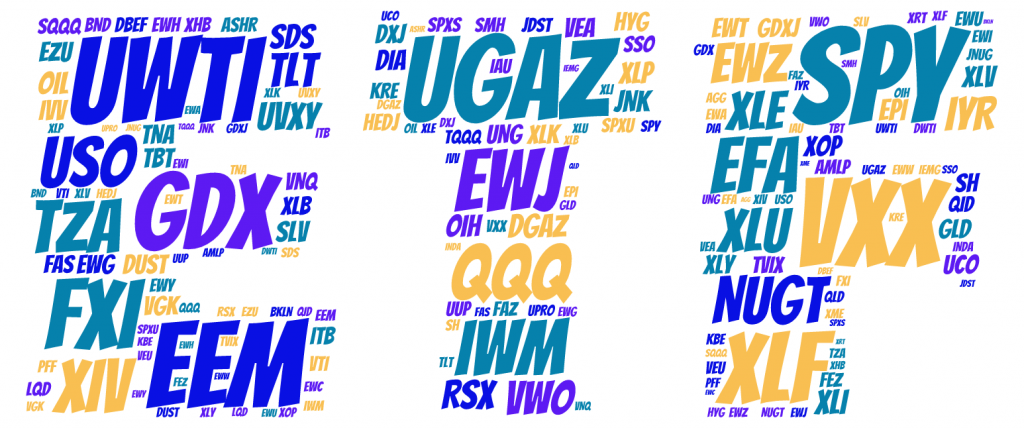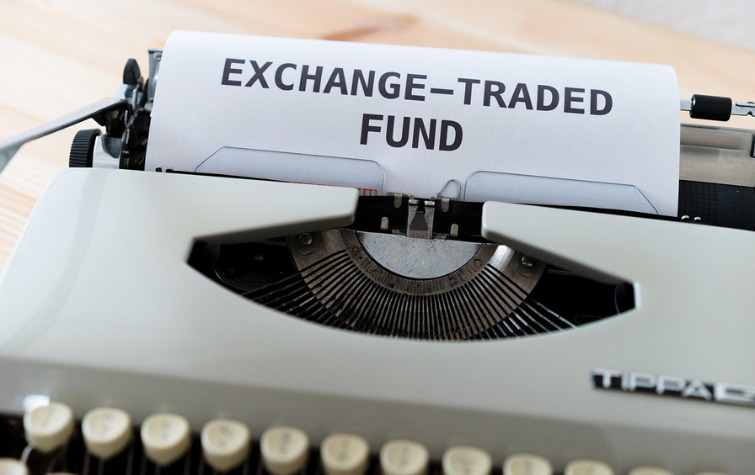Definition:
Mutual fund charges and costs are fees that may be acquired by investors who possess mutual funds. Managing a mutual fund involves costs, including investment advisory fees, shareholder transaction costs, and marketing and distribution charges. These funds are passed along as costs to investors in various ways.
Other funds set “shareholder fees” straight onto investors whenever they purchase or sell shares. Additionally, all funds have common, continuous, fund wide “operating expenses.” Funds normally pay their operating expenses out of fund assets, which means that investors indirectly are charged for these costs. Apparently insignificant, fees and expenses may substantially reduce an investor’s earnings.
Types of Fees
Redemption fee: Redemption Fee is substitute fee that a few funds charge their shareholders when they sell or recover shares. Contrary to a deferred sales load, a redemption fee is yielded to the fund – not to a Stockbroker – and is normally used to bear the fund costs associated with a shareholder’s redemption.
Purchase fee: Purchase Fee is a kind of charge that some funds have their shareholders pay when they purchase shares. Unlike a front-end sales load, a purchase charge is paid to the fund – not to a Stockbroker – and is normally infringed to defray a bit of the fund’s costs connected to the purchase.
Exchange fee: Exchange Fee is a fee that some funds set on shareholders if they trade or move to a different fund within the identical fund group or “family of funds.”
Periodic fees
Management fee: Management fees are charges that are distributed out of fund assets to the fund’s investment adviser. These go towards investment portfolio management and any other management charges payable to the fund’s investment adviser or its affiliates. The administrative fees payable to the investment adviser are not included in the “Other Expenses” category, they are discussed below. They are also called maintenance fees.
Account fee: Account fees are charges that some funds individually impose on investors in association with the maintenance of their accounts. As an example, several funds require an account maintenance charge on accounts whose value is smaller than a certain dollar figure.
Other operating expenses
Transaction Costs: Funds with a large turnover ratio, or investing in unready cash or exotic markets normally face higher transaction costs. These costs are incurred in the trading of the fund’s assets. The Total Expense Ratio costs are normally not reported.
Loads
Definition of a load: A load is a type of commission. Load funds show a “Sales Load” with a percentage fee imposed on acquisition or sale of shares. Fees may be incurred at point of purchase or sale depending upon the kind of load a mutual fund exhibits, or it can be a mix of both. The different types of loads are outlined below.
Front-end load: This is frequently affiliated with class ‘A’ shares of a mutual fund. This can also be known as Sales Charge. This is a charge paid when shares are acquired. Also known as a front-end load, this charge typically is distributed to the brokers that sell the fund’s shares. Front-end loads shrink the quantity of your investment. Let’s say you have $1,000 and you’d like to invest it in a mutual fund with a 5% front-end load. The $50 sales load you have to pay comes directly off the top, and the balance of $950 will be invested in the fund. The maximum sales load under the Investment Company Act of 1940 is 9%. The highest sales load under NASD Rules is 8½%.
Back-end load: Deferred Sales Charge, which is a fee paid when shares are sold. These are associated with class “B” mutual fund shares. They are also known as a back-end load, this fee normally goes to the Stockbrokers that trade the fund’s shares. Back-end loads begin with a charge of about 5 to 6 percent. These increment discounts are for each year that the investors owns the fund’s shares. The rate at which this charge lessens is shown in the prospectus. The amount of this kind of load depends on the length of time the investor possesses his or her shares and normally decreases to zero depending on if the investor hangs on to the shares long enough.
Level load/low load: It’s a lot like a back-end load in that no sales charges are paid when purchasing the fund. Rather a back-end load can be imposed if the shares bought are sold within a given time. The difference between level loads and low loads in contrast to back-end loads, is that this timeframe where charges are levied is shorter.
No-load fund: These are associated with Class “C” Shares. As the name suggests, this fund does not charge any type of sales load. However, as noted above, not all types of shareholder fees are a “sales load.” A no-load fund can charge fees that are not sales loads, like as exchange fees, purchase fees, account fees, and redemption fees. The Class C shares will have the highest annual expense charges.
Click Here to see all Beginner Mutual Fund Articles





